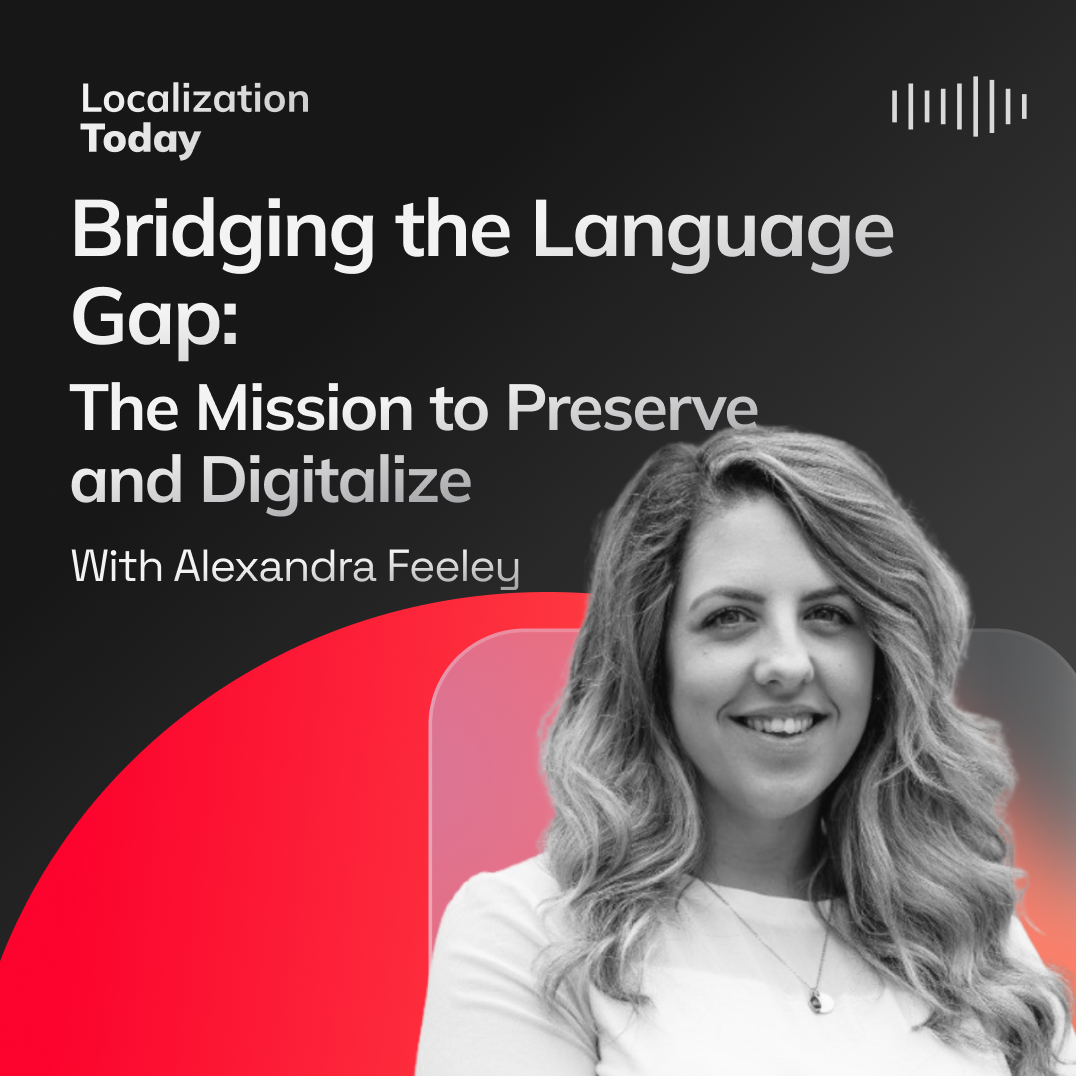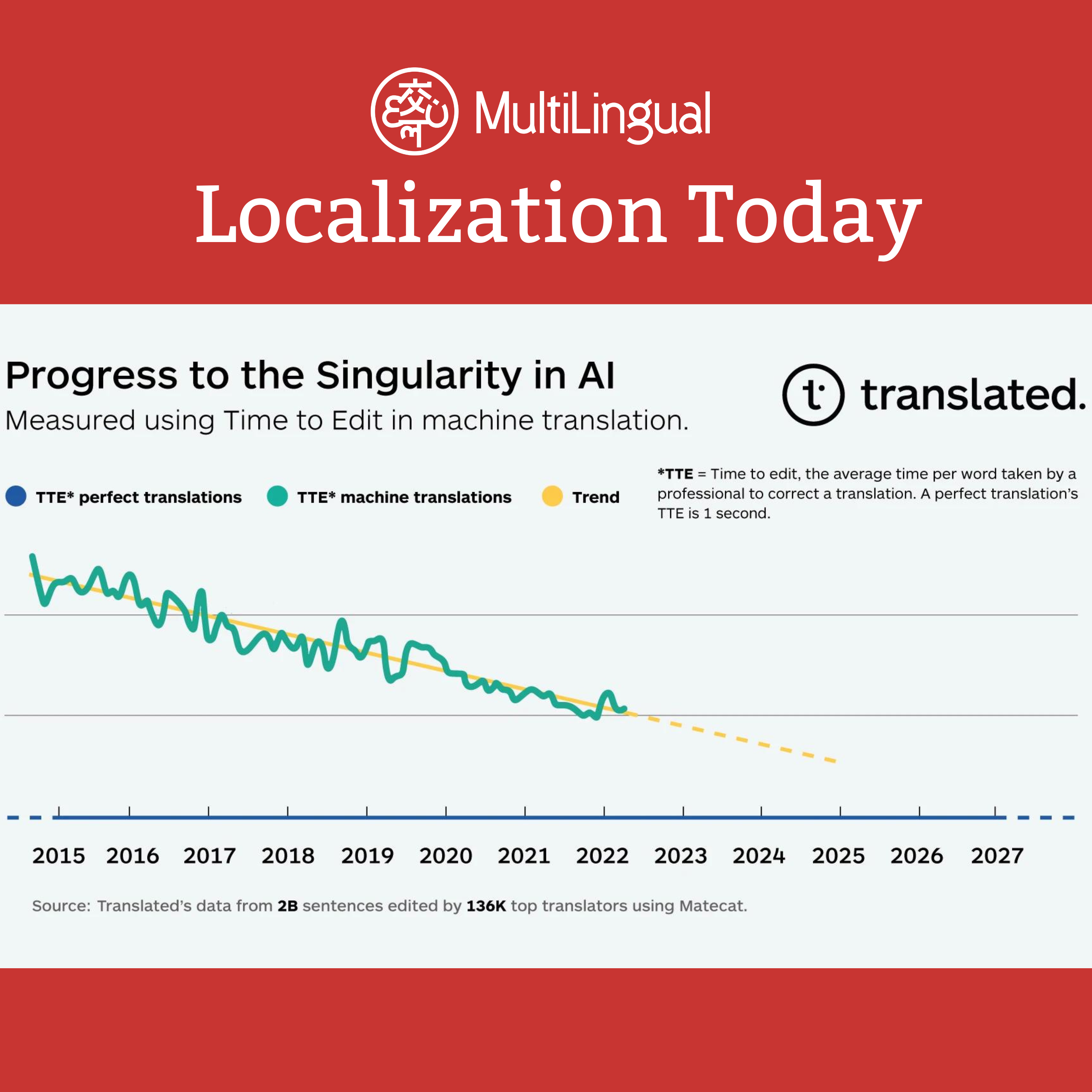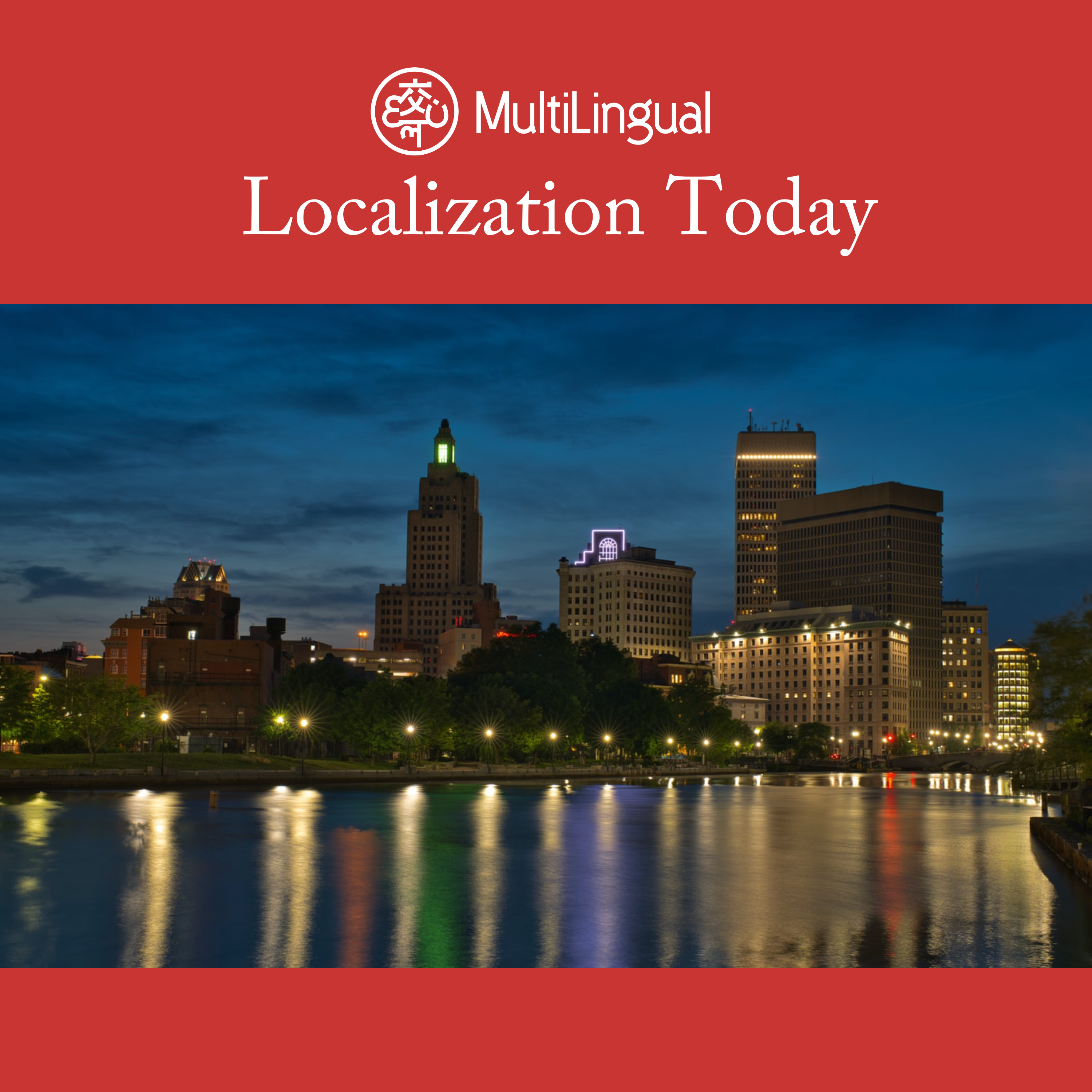Episode Transcript
[00:00:00] A fourth type of translation by Yoandro McCallan I am staring at a blank screen, wrestling with how to write about artificial intelligence, AI, and authorship, when I decide to invite my silicon colleague to join me. What emerges is neither entirely my voice nor entirely the machines, but something in between, a hybrid, a chimera. And the unsettling part is that I am still unsure whether I should feel proud or embarrassed if you have read my previous columns, like the one about Magellan's ill fated interpreter, Enrique, or my reflection on why interpreters often resemble frightened pigs when technology comes knocking, you believe you know my voice. But here is where the experiment begins. One of those essays was written entirely by me, the other with significant AI assistance. Can you tell which is which? This is more than a parlor trick.
[00:00:54] For someone who spends his life thinking about language, meaning, and the fragile art of carrying messages across borders, the rise of AI presents a paradox. It both invigorates and unsettles me between worlds.
[00:01:08] That paradox reminds me of Enrique himself, the young interpreter caught between worlds after Magellan's death. He was no longer quite a slave, not yet fully free, speaking languages that tied him to places he could barely claim as his own. Collaborating with AI feels strangely similar.
[00:01:26] I hover between the familiar territory of my own thoughts and an unfamiliar landscape where meaning emerges from statistical probability rather than lived experience.
[00:01:36] Translators and interpreters know this tension well.
[00:01:40] Our field has long wrestled with what makes a text sing or stumble. Influential linguist Roman Jacobson mapped translation into three types of within a language, between languages, and across sign systems. Today a fourth type seems to emerge, the translation that unfolds between human and machine. When writing with AI, ideas I have circled for months suddenly crystallize. Connections I sensed but could not articulate appear fully formed. The machine does not understand me, yet its uncanny pattern matching mimics and sharpens my thinking. It is like talking to a colleague who has read everything but comprehended nothing, and whose breadth of reference nonetheless forces me to think more clearly in response. Every AI system is trained on vast oceans of human books, articles, speeches, poems, grants, and fragments. Writing with such a tool is less a duet than a chorus. My words harmonize with countless others whose works fed the algorithm. My voice becomes part of a choir I cannot see, singing songs I never knew I knew, and this raises uncomfortable questions.
[00:02:49] Our profession understands invisible labor. We credit interpreters we acknowledge translators.
[00:02:56] But what are the protocols for AI collaboration? At what point does assistance cross into ghost writing?
[00:03:02] When does augmentation become abdication? 4 Translation types Lawrence Venuti, the translation theorist, once wrote about the translator's invisibility, how the best translation effaces itself, making the foreign text appear naturally fluent in the target language. AI assisted writing creates a similar illusion. The machine's contribution disappears, leaving prose that appears entirely human. But is that transparency? Or is it deception? This brings to mind yet again the story of the Three Little Pigs. One builds with straw, quick, easy, and fragile, another with sticks, sturdier but still makeshift, the third with bricks, laborious, enduring, and unmistakably his own. Traditional writing feels like brickwork, solid, authentic, and unquestionably mine. Eye assisted writing feels more like sticks, stronger than straw, yet somehow less real. The comparison may be misleading, though. What if AI is not about bricks versus sticks, but rather discovering entirely new materials? What if authenticity itself is not the right measure? The Turing Test of Style Every human writer is already a composite. Our writing is an amalgamation of the voices of everyone we have read, everyone, every conversation we have had, and every story that shaped our understanding. T.S. eliot once remarked that immature poets imitate, whereas mature poets steal. The only difference is that AI makes the theft visible, and it is this visibility that unsettles us. The writing I produce with AI often surprises me. It captures shades of thought I struggle to express. Alone, it finds the right word. When I am fumbling, at times, reading what we have produced together, I think, yes, that is exactly what I meant to say, even though I might never have come to say it myself. Maybe an observant reader can tell which of those two columns is purely mine and which carries the fingerprints of AI but does it matter if the ideas resonate, if the arguments persuade? If the story carries you, does the origin diminish the destination?
[00:05:16] Perhaps the real question is not whether AI collaboration amounts to cheating, but whether we are witnessing the birth of a new kind of creativity, one that resides not solely in the human mind, nor in the silicon brain, but in the charged space between them. The jury is still out, but the trial has already begun.
[00:05:37] This article was written with AI assistance. Think of it as a literary experiment, with you as the jury and me as both defendant and prosecutor.
[00:05:47] This article was written by Euandro McCallan. He is a conference interpreter, former chief interpreter in the United nations system, interpreter, trainer, and language technology advocate. He is a TEDX speaker and the author of three books, including the Language Game, originally published in Multilingual Magazine, Issue 244, September 2025.


